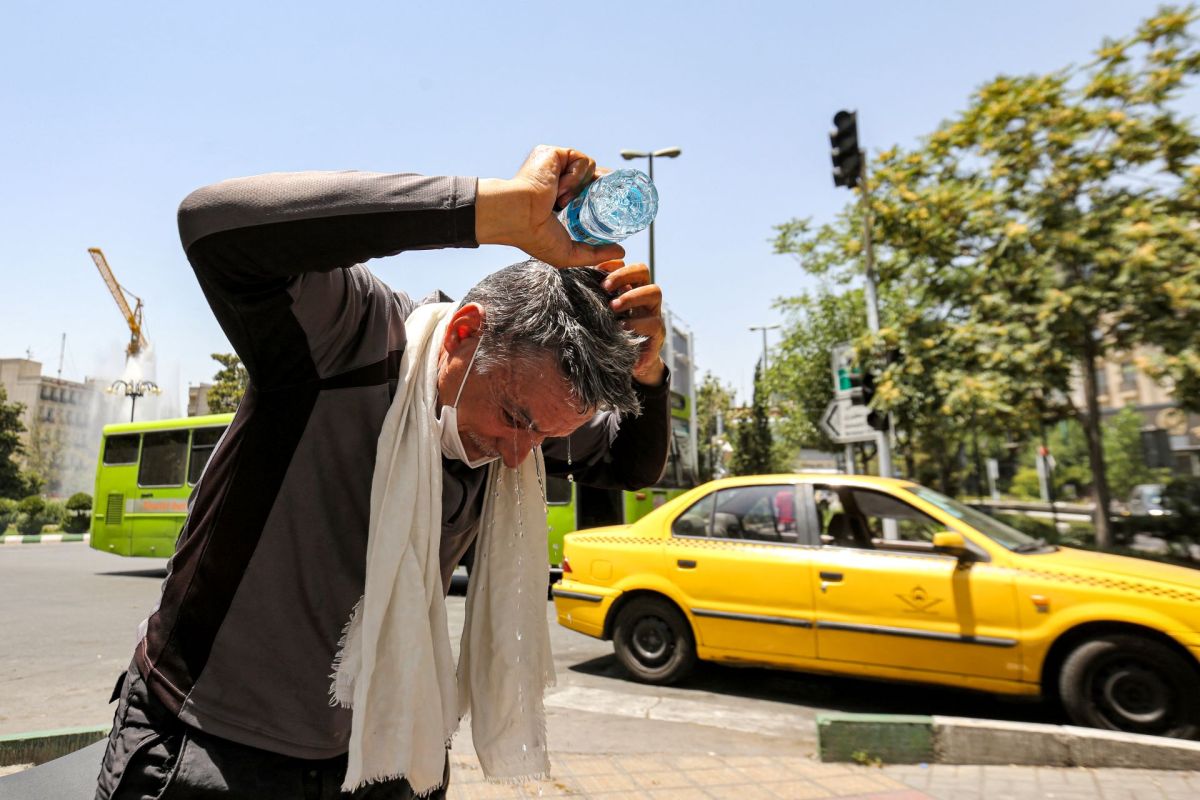Iran shut down government agencies, banks, and schools nationwide in early August, with temperatures soaring higher than 123 degrees Fahrenheit in places and the power grid struggling, The New York Times reported.
What happened?
Facing a heat wave that caused public health concerns, the Iranian government declared a two-day "public holiday" on Aug. 1 and recommended that children, people with health conditions, and older people stay indoors because of heat stroke risk, per the Times.
"Due to the unprecedented heat … [and] in order to preserve the health of the citizens, the government board agreed to the proposal of the Ministry of Health to close on Wednesday and Thursday throughout the country," Ali Bahadori Jahromi (@alibahaadori), a government spokesperson, said, in a Google translation of a Twitter post.
According to the Times, more than a dozen Iranian cities reached temperatures "well above 104 degrees Fahrenheit" on Aug. 1. Iran's meteorological organization expected the capital, Tehran, to reach 102 degrees Fahrenheit.
Another suspected reason for the shutdown was that the government couldn't meet electricity demand, with record-high energy use expected as people turned to air-conditioners to stay cool and as aging infrastructure failed. Some equipment has been lacking updates since the U.S. imposed sanctions on Iran.
Why is a heat wave in Iran concerning?
Hot summers are common in parts of Iran, reported the Times, yet the government "has not been known to shut down the country because of heat."
Even in areas accustomed to high temperatures, people have felt the effects of this year's planet-sweeping heat. Iran's shutdown immediately followed Earth's hottest month, based on July's global average temperatures confirmed by the World Meteorological Organization (WMO).
The New York Times reported separately on this summer's heat waves in North America and Europe being deemed by scientists as "virtually impossible" without the impact of humans releasing heat-trapping pollution that has warmed the globe.
Asia and the Middle East haven't escaped the heat. Depleted water supplies make problems worse for many Iranians, as do poverty and poor infrastructure that leave some in rural areas without clean drinking water or AC. In a 2022 report, the WMO called Iran "amongst the most vulnerable countries" regarding the changing climate.
What's being done about the heat?
The Iranian government shuttered activities in August, but many nations are also taking action to help protect citizens from extreme heat and weather while investing in renewable energy to reduce further warming caused by heat-trapping gas pollution.
Citizens worldwide continue to pressure governments like Iran's to step up their efforts. We can also all work personally to reduce reliance on energy sources that drive more warming.
Join our free newsletter for cool news and cool tips that make it easy to help yourself while helping the planet.









